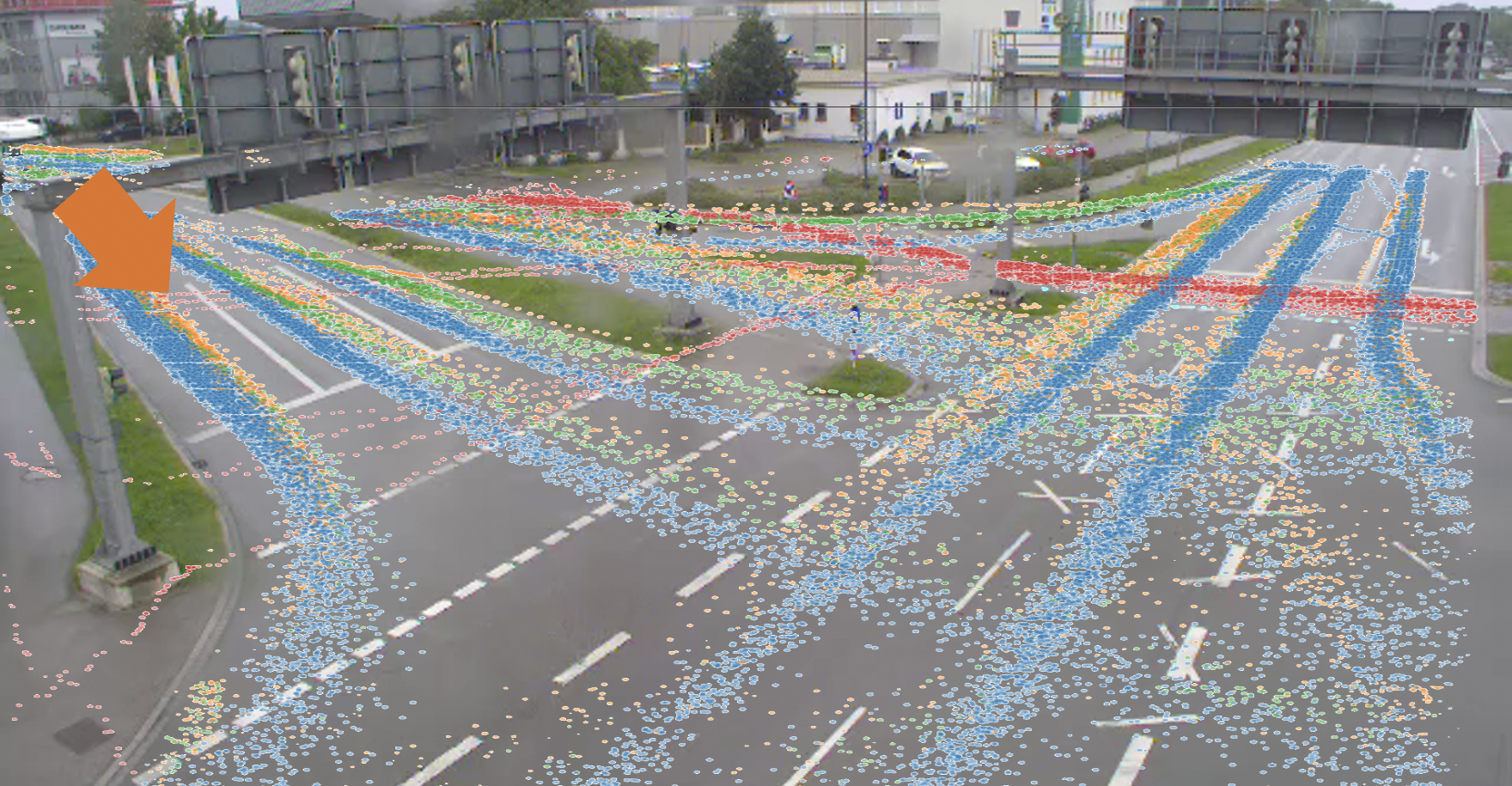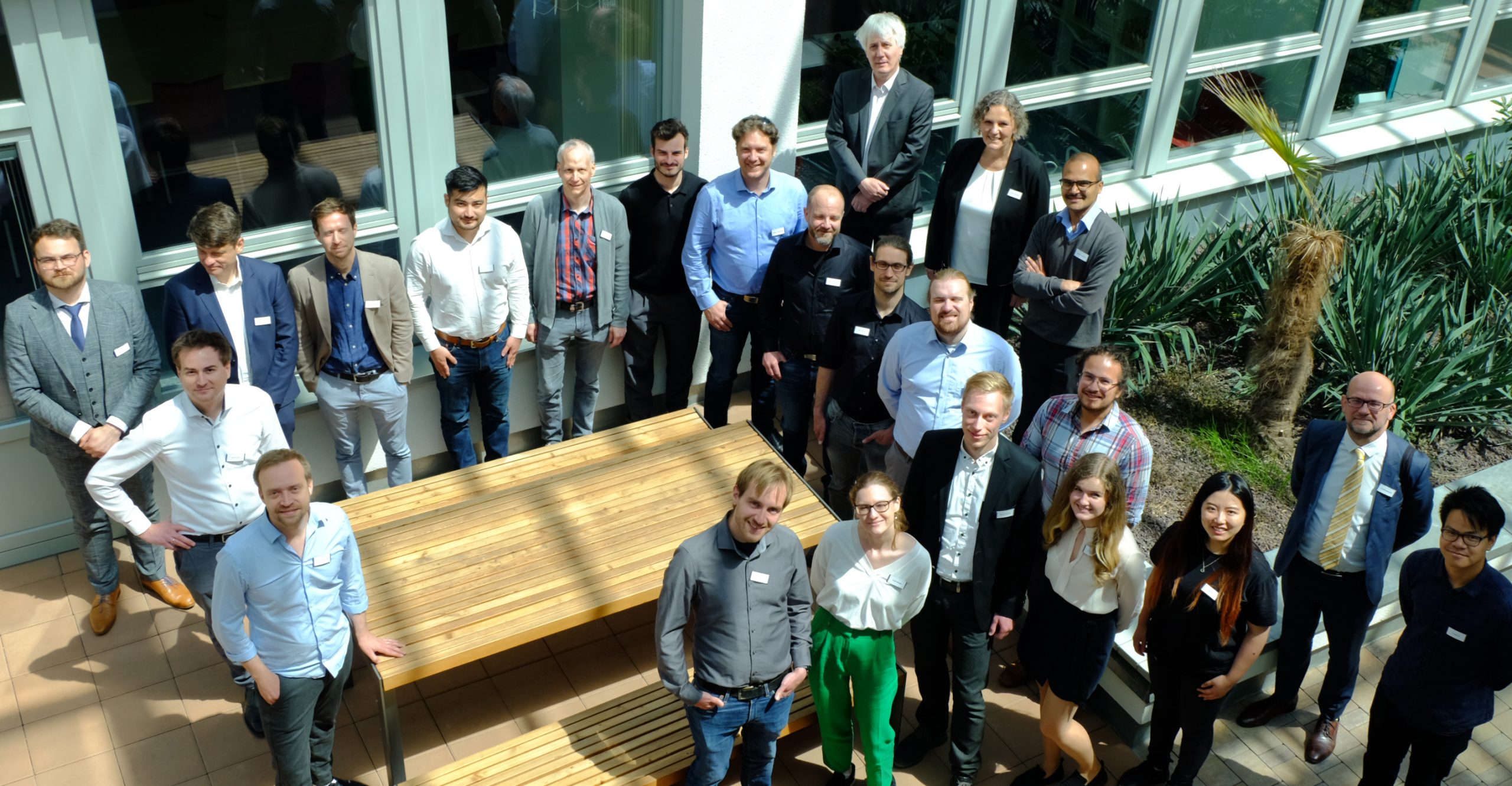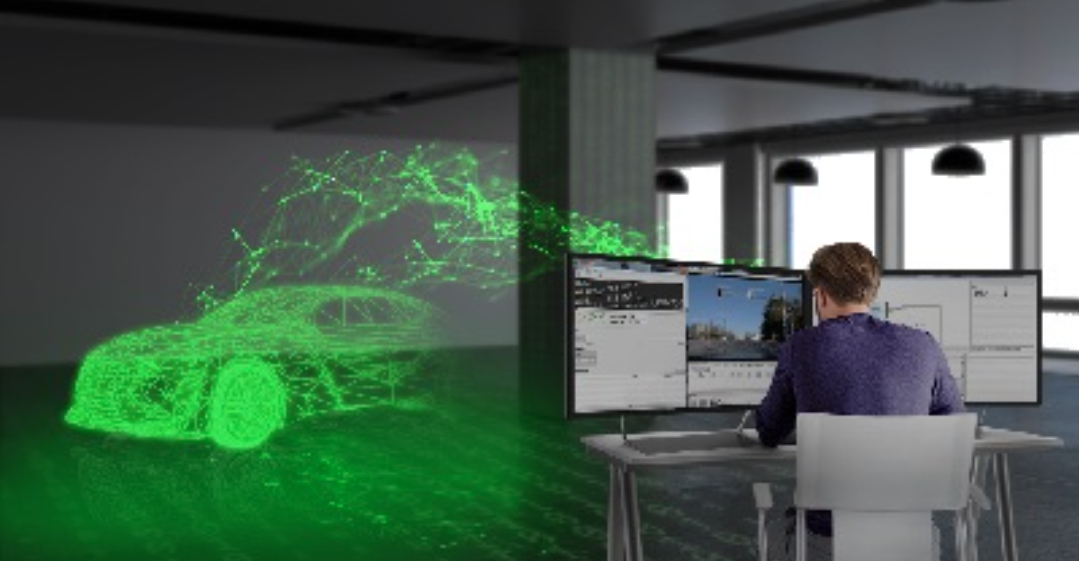
Agora Verkehrswende: 8 insights into automobile automation
The Agora Verkehrswende initiative has compiled the most important insights into the automation of the automobile in an analysis titled “Die Automatisierung des Automobils und ihre Folgen” (Automobile automation and its consequences). Here, we have selected eight of the most relevant insights for you.
1. Vehicle automation will contribute to structural and process change in the traditional automotive industry
In order to maintain their global leadership position and establish themselves as major providers of automated and connected driving, car manufacturers must be active in the areas of infrastructure, innovation, networking, IT security, and data protection. To achieve this, they must test automated and connected driving before it is implemented. This is the only way to gain public acceptance.
2. Traffic will become more comfortable
Assistance systems are already making driving safer and more comfortable today. Highway and traffic jam assistance systems, parking systems, lane departure warning systems, and braking assistants make driving easier. The more intelligent these systems become, the better they are able to reduce the risk of accidents, for example. However, Agora Verkehrswende warns that this could lead to rebound effects, with cyclists and pedestrians switching to the car and thereby increasing the volume of traffic.
3. Automated driving will enable individual mobility for all
Senior citizens and people with disabilities are sometimes excluded from private transportation. More highly automated vehicles or driverless services will offer these people the opportunity to be individually, flexibly, and comfortably mobile. It will be important for corresponding mobility offers to be socially responsible and to encompass consumer protection and inclusion.
4. Increased traffic safety will face potential new dangers from mixed traffic
Nine out of ten accidents are caused by human error. Nevertheless, whether automation increases road safety will in part depend on how intuitively the interaction between human and machine functions. Especially in highly automated vehicles (from automation level 3), Agora Verkehrswende warns that the transfer to the driver must function seamlessly and dangers must be eliminated.
5. Greater efficiency and capacity will be possible
The use of automated vehicles can improve traffic flow and increase capacity on the road. Capacity can potentially be increased by up to 80 percent on highways and 40 percent near intersections. However, if only a few automated vehicles drive in “mixed traffic” made up of traditional and automated vehicles, this effect is lost. In the future it will therefore be necessary to push vehicle connectivity and to set up and expand a corresponding infrastructure.
6. Expansion of mobility offers is needed
Studies have shown that if at least 40 percent of vehicles in traffic are automated, footpaths and bicycle paths are used around 10 percent less. In urban areas the figure is as high as 15 percent. On top of this, fully autonomous vehicles may make empty trips. Motorized private transportation will therefore increase, according to estimates. And according to calculations, energy requirements will increase by 50 to 60 percent. This can be counteracted by mobility offers that combine different modes of transportation, such as public transportation and automated driving services.
7. Fewer parking places will be needed in city centers
People who use an automated vehicle do not necessarily need to park at their final destination. The vehicle can drive on independently, park elsewhere, and return on demand. This will improve the parking situation but not reduce traffic. It will therefore be necessary to integrate automated vehicles into the public transportation system with the help of mobility offers.
8. Personal data must be protected when vehicles are connected
The automation and connectivity of vehicles must be viewed in conjunction with each other. Only when data is exchanged between the outside world and the vehicle can road capacity be better utilized and traffic flow improved. For this to succeed, the use of personal data must be based on data protection guidelines and the right to privacy.
Click here for the full study (in German): “Die Automatisierung des Automobils und ihre Folgen,” 8-2020
FURTHER CURRENT TOPICS

Cognition Factory: Evaluate and visualize camera data
Since the beginning of research on the digital twin, AI specialist Cognition Factory GmbH has focused on processing camera data. In the meantime Dr. Claus Lenz has deployed a large-scale platform

Digital real-time twin of traffic: ready for series production
Expand the test track, deploy new sensors, decentralize software architecture, fuse sensor data for 24/7 operation of a real-time digital twin, and make data packets public: TU Munich has decisively advanced the Providentia++ research project.

Elektrobit: Coining Test Lab to stationary data
Elektrobit lays the foundation for Big Data evaluations of traffic data. Simon Tiedemann on the developments in P++.
